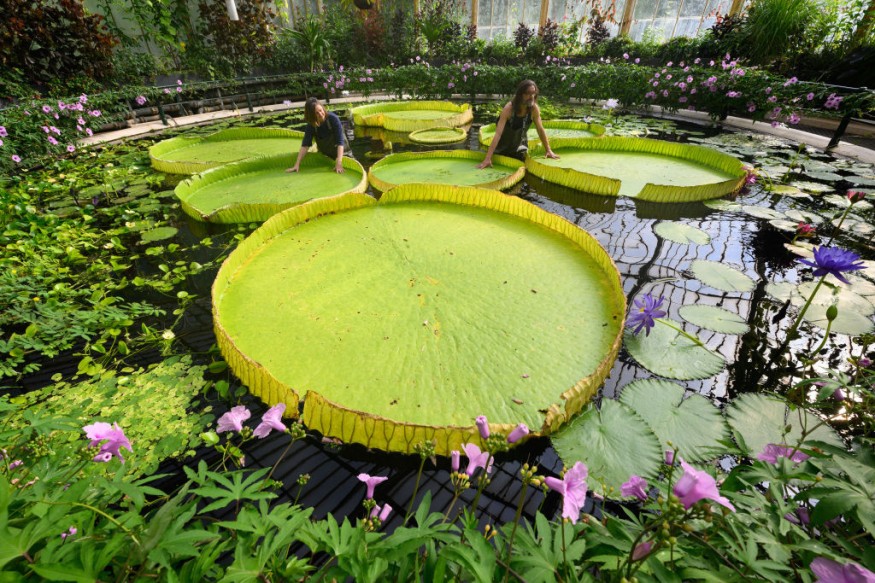A new species had been added to the great water lilies. Despite its enormous size, the plant hid in plain sight for more than 170 years before its discovery. Experts said it was already right in the collection kept at the Royal Botanic Gardens, among other species, but it was mistakenly classified as another group.
Victoria boliviana, Wrong Water Lily Species?

Latest botanical research shows that a new species of great water lilies was hidden right in a large garden in the UK. Initially called the Victoria boliviana, this plant expands to up to three meters or about ten feet in width. Today, it remains the undefeated title-holder of the largest water lily in the world.
The Victoria boliviana was inspired by the Southam American country of Bolivia. The plant is a natural part of the region's ecosystem, especially in the country's areas that are part of the Amazon's large river system.
Kew Royal Botanic Garden horticulture specialist and co-author of the study Carlos Magdalena explained that they had suspected the large water lily was part of a separate species rather than what was tagged before. Until today, Magdalena's team still believes that the Victoria boliviana is not as close as the two popular great water lilies known as Victoria amazonica and Victoria cruziana.
To confirm this theory, separate teams from Santa Cruz Botanic Garden, the National Herbarium of Bolivia, and the Public Botanic Garden La Rinconada provided seeds of the lily in question to Kew for analysis.
Magdalena said in a BBC report that the process allowed them to observe the growth of each of the gigantic plants to find discrepancies and other information regarding the identity of the largest great water lily on Earth.
Difference Among Victoria Water Lilies
The investigation studied how the plants grew while being given the same care and conditions. The experiment revealed what Magdalena's team suggested all along.
Fellow Kew garden expert and illustrator Lucy Smith, who also co-authored the study, created the images of each of the three species selected for the study. The illustrating phase was challenging, as water lily flowers only appear during certain hours of the night.
The team found a huge difference between the flowers and leaves of the Victoria boliviana and the two other species through Smith's images.
The giant plants were first discovered in the 1800s, and shortly after, some of their specimens were nurtured and contained in the Kew garden's Waterlily House in 1852. The genus decided for their species was inspired by Queen Victoria.
Alex Monro admitted that the three species were not studied thoroughly, and there is still much to learn from these great water lilies.
The study was published in the Frontiers in Plant Science, titled "Revised Species Delimitation in the Giant Water Lily Genus Victoria (Nymphaeaceae) Confirms a New Species and Has Implications for Its Conservation."
Check out more news and information on Biology in Science Times.












